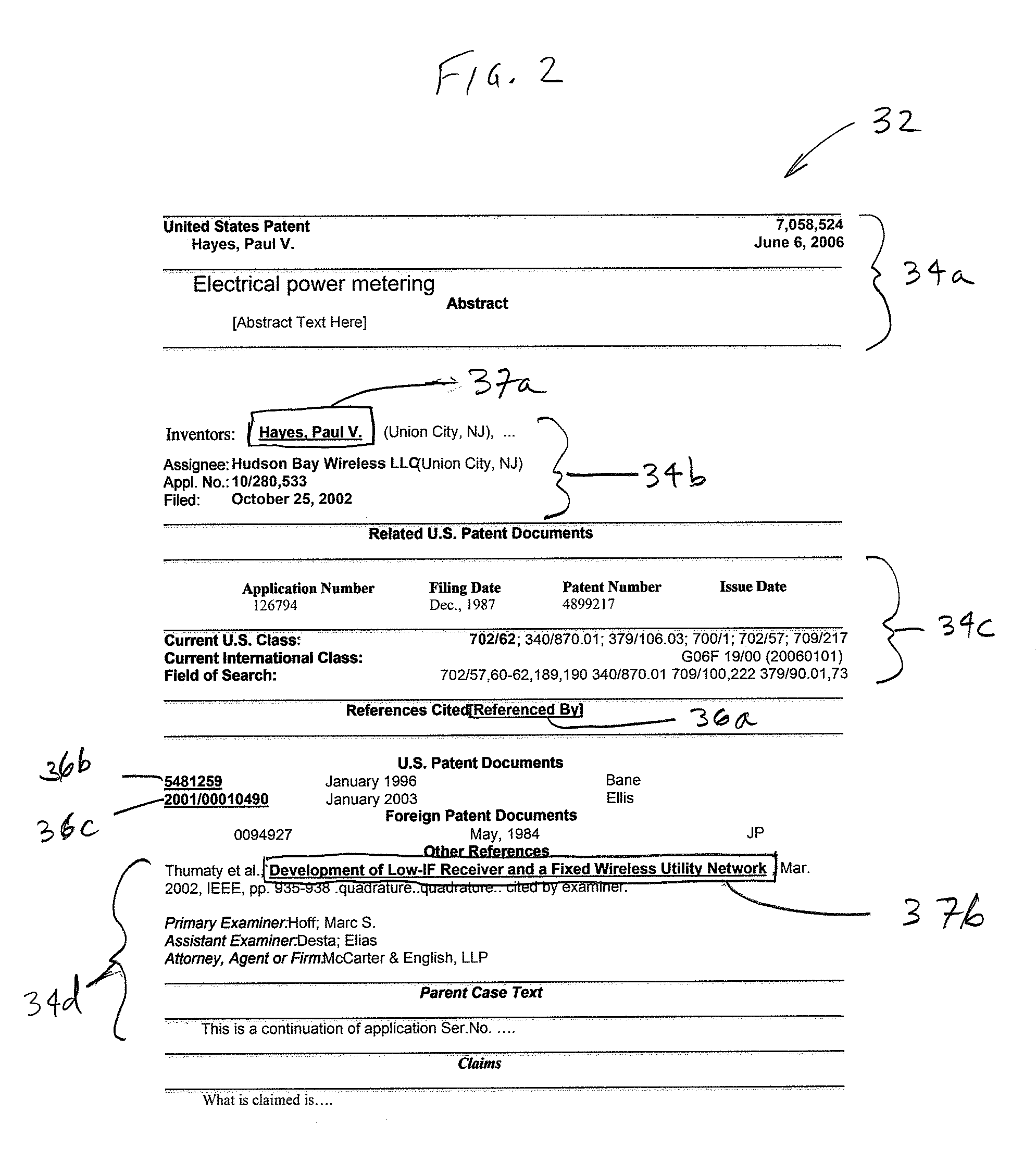System and method for searching for internet-accessible content
a technology of internet access and content, applied in the field of content search, can solve the problems of increasing the difficulty of finding a search string in the search results returned by existing search engines, the content cached by search engines is often outdated by several days or weeks, and the search results often do not accurately represent all relevant content available on the web. the effect of improving the search results and enhancing the web browser
- Summary
- Abstract
- Description
- Claims
- Application Information
AI Technical Summary
Benefits of technology
Problems solved by technology
Method used
Image
Examples
use case 1
[0129
[0130]The Robots.txt file is enhanced to include additional directives for alerting a robot to the fact that a particular web site is a deep web site (e.g., contains data in non-HTML format), and to direct a visiting robot to an optional browser plug-in and associated configuration file. This saves robot time as well as local site resources.
use cases 2 and 3
[0131
[0132]To the extent that a standard, locally-based crawler is able to crawl a site and make this information available to the user through a local search engine interface, there can be improved access to content. This improvement can be provided by applying the PageRank sorting algorithm to link map data, or other equivalent search engine sorting algorithm.
case 4
[0133]Use Case 4
[0134]An enhanced local crawler will be able to crawl a site to the extent dictated by the Robots.txt and Configuration.txt files. This will typically be more comprehensive and more effective than a standard crawl. It is assumed that non-HTML networks in the site's content will be converted to HTML (via the URI Generator) and indexed for subsequent retrieval by a locally-based search engine. Thus, search results will have the benefit of PageRank, or equivalent analysis being done on the non-HTML based networks, which will work to improve hit relevancy ranking. The local crawling can be done without centralized knowledge or coordination. Once a user visits the site, then they can benefit from use of the local search engine, over what was offered previously (likely non-PageRank based result presentation and / or a user query form).
PUM
 Login to View More
Login to View More Abstract
Description
Claims
Application Information
 Login to View More
Login to View More - R&D
- Intellectual Property
- Life Sciences
- Materials
- Tech Scout
- Unparalleled Data Quality
- Higher Quality Content
- 60% Fewer Hallucinations
Browse by: Latest US Patents, China's latest patents, Technical Efficacy Thesaurus, Application Domain, Technology Topic, Popular Technical Reports.
© 2025 PatSnap. All rights reserved.Legal|Privacy policy|Modern Slavery Act Transparency Statement|Sitemap|About US| Contact US: help@patsnap.com



